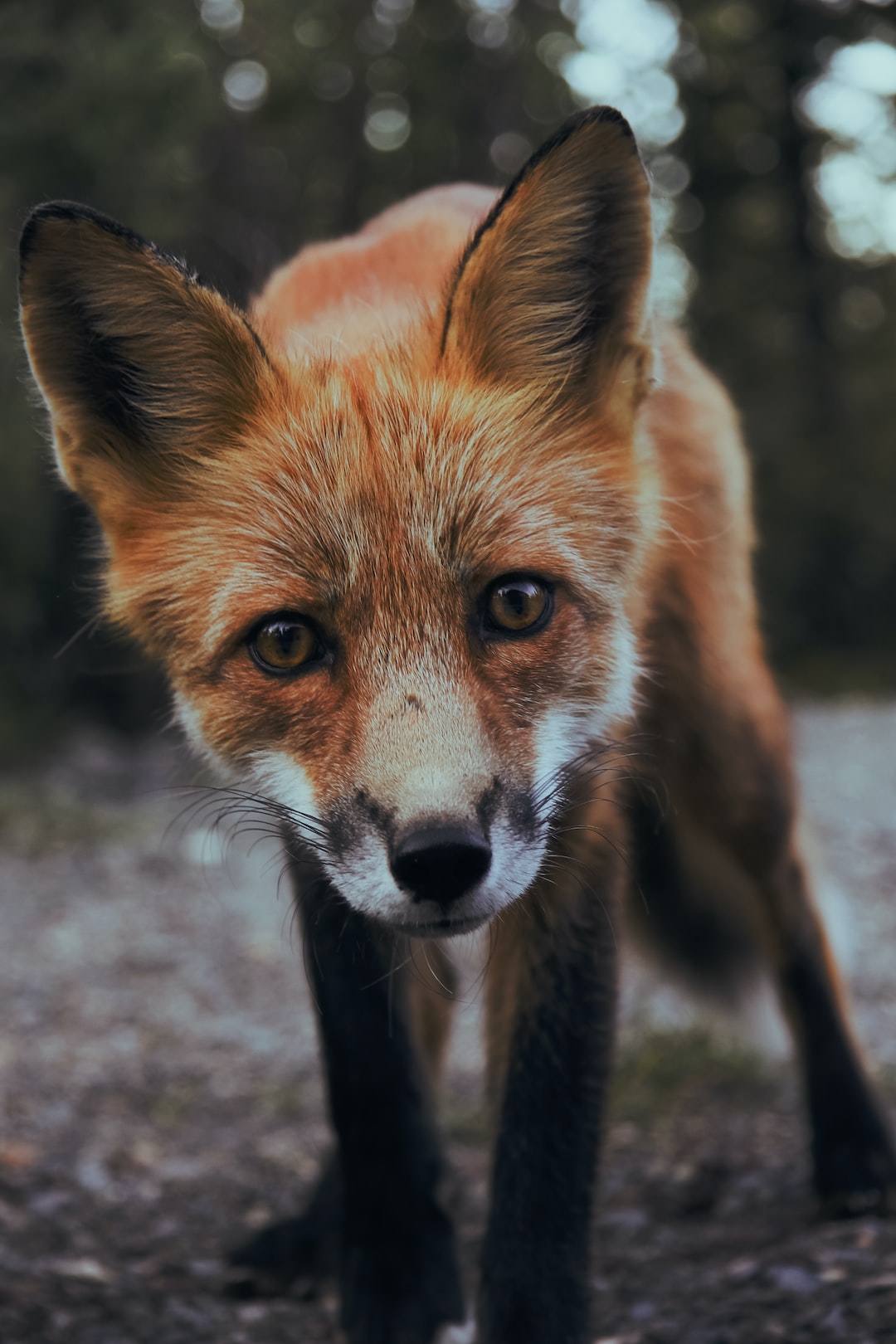The Role of Animals in Mythology and Folklore
Throughout history, animals have played a significant role in mythology and folklore across various cultures. From ancient civilizations to modern societies, these creatures have often been used as symbols, metaphors, and even deities. Their presence in myths and folktales has not only provided entertainment, but also conveyed important messages about human behavior, the natural world, and the mysteries of life.
In many myths, animals are anthropomorphized, acquiring human characteristics and abilities. This anthropomorphism allows for storytelling and exploration of complex ideas. For example, in ancient Greek mythology, the gods often took the form of animals when interacting with mortals. Zeus, the king of the gods, would often transform into an eagle, portraying his power and majesty. Similarly, the Egyptian god Anubis was depicted with a jackal’s head, symbolizing death and the afterlife.
Animals have also been revered as sacred entities and deities in various mythologies. For instance, the cow is considered sacred in Hinduism, representing the divine and providing sustenance. The Norse god Odin had two ravens, Huginn and Muninn, who served as his messengers and were believed to possess knowledge and wisdom. Such animal deities illustrate the significance of these creatures in cultural and religious practices.
Moreover, animals in mythology and folklore serve as symbols and metaphors for human qualities and experiences. The cunning fox is often depicted as clever and sly, representing intelligence and deviousness. The lion, known for its strength and courage, is a symbol of royalty and leadership in many cultures. These animal symbols allow storytellers to convey moral lessons and explore human nature through relatable characters.
Furthermore, animals feature prominently in creation myths, where they play a role in the formation of the world and its inhabitants. In Norse mythology, the world was formed from the body of the giant Ymir, whose flesh became the Earth, his blood the oceans, and his skull the sky. Similarly, in the Mayan creation myth, the gods fashioned humans from maize dough and breathed life into them. These myths highlight the connection between animals, humans, and the broader universe.
In folklore, animals often serve as guides or helpers to humans on their quests or journeys. Whether it’s the flying carpet in Arabian Nights or the talking animals in Aesop’s fables, these creatures serve as advisors, teaching important lessons about morality and wisdom. They also personify the natural world, reminding humans of their interconnectedness with nature and the importance of preserving it.
In conclusion, the role of animals in mythology and folklore is multifaceted and significant. They not only provide entertainment and enchantment, but also convey moral lessons, symbolize human qualities, and explore the mysteries of the world. The use of animals in these narratives strengthens our bond with the natural world and provides insights into the human condition. As we continue to create and tell stories, animals in mythology and folklore will undoubtedly remain an integral part of our cultural heritage.

